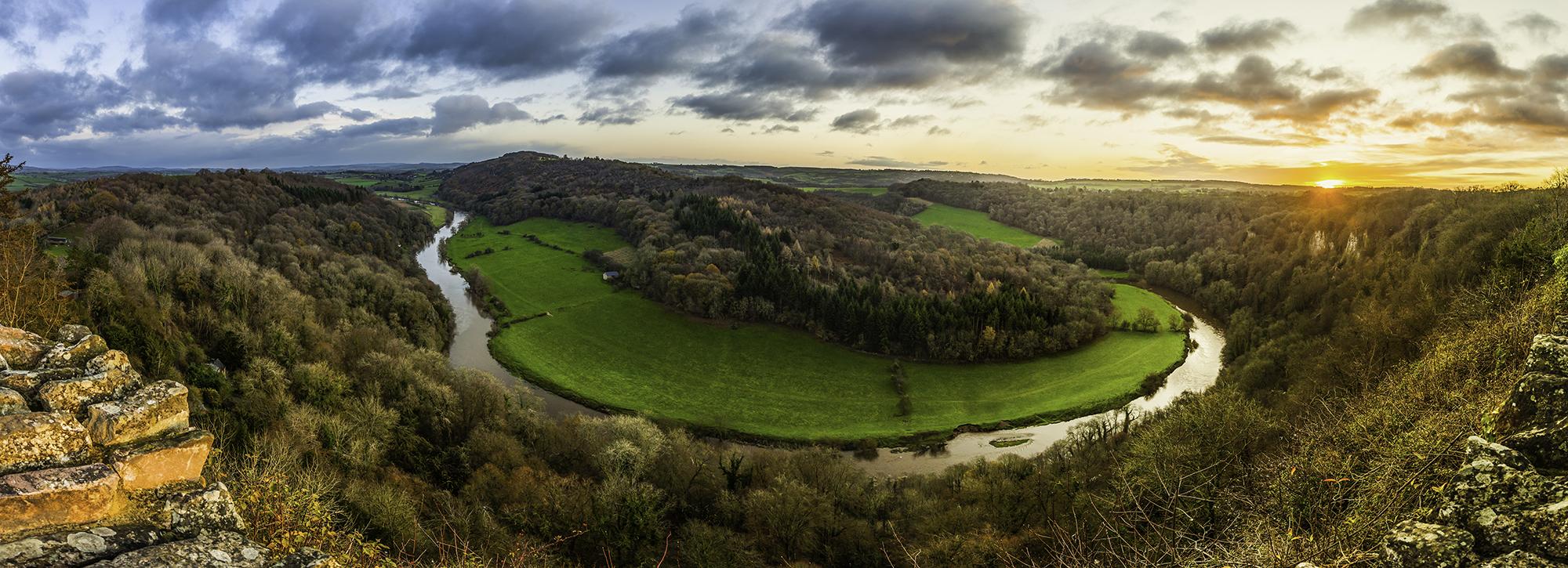
Hydromorphology: the forgotten facet of the Water Framework Directive
Are we overlooking key pressures in our efforts to improve the ecosystem health of Europe’s waters?
Hydromorphology combines the disciplines of hydrology and geomorphology – two fascinating areas, so what’s not to love? I can’t help wondering, however, whether hydromorphology is being side-lined in the management of Europe’s water environment. With the ever increasing pressures of climate change and changes in politics, society and the economy, restoring natural habitats in our water environment is not often a priority. This is despite the fact that hydromorphology supports the varied flora and fauna of our waters. Good hydromorphological function is an essential element of ecosystem health and underpins the delivery of many ecosystem services and benefits for society.
Hydromorphology
Hydromorphology considers the physical character and water content of water bodies.
Hydromorphology looks at how natural and human activity influences the hydrology and geomorphology of water bodies and the ecosystems that they support.
The use of hydromorphology as a concept has grown since the advent of the European Commission’s Water Framework Directive (WFD). The WFD is the most substantial piece of European legislation governing water management. The WFD includes requirements to understand and manage hydromorphological pressures within an integrated approach for improving and maintaining the water environment. Excellent, I hear you say. Well, it is great that hydromorphology is in the WFD but are Member States delivering against the WFD’s aspirations?
The WFD requires the assessment of the ecological status of water bodies, which is comprised of biological, physico-chemical and hydromorphological quality elements. The WFD sets an objective for all water bodies to achieve at least Good ecological status, however the majority of water bodies in Europe are currently at less than Good status (the status classes are High, Good, Moderate, Poor and Bad). Hydromorphology is a “supporting element”, which means that for water bodies where ecological status is less than High, hydromorphological state is not taken into account as a component of overall ecological status assessment. This supporting element concept is not the most straightforward. While most Member States use hydromorphological assessment methods, fewer than half of them use the assessment to inform the classification of all ecological status classes. Further, a technical review of biological quality assessment methods used across Europe found that there are few methods that are sensitive to hydromorphological pressure, which means that hydromorphological pressures and their effects can remain undetected in the assessment process. I see this as a real challenge, as there could be many Member States that are failing to understand the extent to which their waters are subject to hydromorphological pressure and the impact that this may be having on ecosystem health. How can Member States design programmes of measures that achieve good ecosystem health if there is an incomplete understanding of all pressures and their impacts?
It is tempting to focus on single issue pressures when managing water, for example, addressing point source pollution through better waste water treatment. Pressures and measures that have a clearly identifiable source can be easier to manage than hydromorphological pressures that are often borne out by legacy issues or multiple sources of stress. Indeed, the WFD advocates for the principle of “cost-recovery” of water services. Financial, resource and environmental costs should be adequately “recovered” from the different users of the water service by appropriate means, including the polluter pays principle. It can be quite difficult to implement this in practice in the case of managing hydromorphology. River restoration often falls on the public purse, where budgets are constrained and where public attitudes toward the need for restoring natural habitats can be variable. There are, however, some excellent examples in the UK of restoration projects that are funded through partnerships to overcome obstacles in finding a single funding source.
With the 5th European Union Water Conference taking place in September 2018, there is an opportunity for Member States and stakeholder groups to share experiences in water management and in meeting the requirements of the WFD, Floods Directive and Urban Waste Water Treatment Directive. There are some great case studies of river restoration across Europe and I hope that the event provides the opportunity to share positive outcomes and advocate for the benefits of achieving good hydromorphological function within multi-functional water management.